
From Buenos Aires to the Vatican: The Divine Calling of Pope Francis
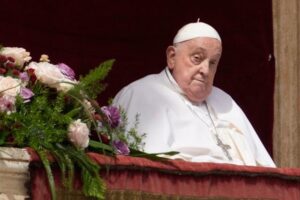
A young child once wandered the neighbourhoods of Flores with a calm heart and an inquisitive mind in the centre of South America where tango rhythms fill the air and Buenos Aires’ streets throb with activity. The boy who would become Pope Francis was born Jorge Mario Bergoglio on December 17 1936. Although he was far from the Vatican’s magnificence he was closely linked to something even more significant—a strong sense of calling that would influence not only his life but also the course of the Catholic Church worldwide.
This is how that calling came to be. A journey fuelled by a strong spiritual purpose moulded by suffering and grounded in humility.
No Surprises, All Success: “Sinners” Delivers Strong Opening as Forecasted 2025
A Childhood Framed by Simplicity and Faith
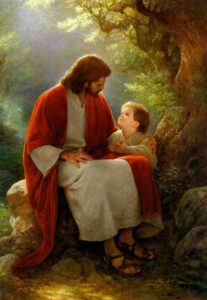
In a working-class area of Buenos Aires Italian immigrants gave birth to Jorge Bergoglio. His mother was a dedicated housewife and his father worked on railroads. Their life seemed simple from the outside—no fancy houses no silver spoons—but within their home was something much more valuable: a strong sense of family and an unwavering faith.
During that time the Catholic Church played a significant role in Argentina and young Jorge frequently went to Mass with his family. But unlike many children who follow out of routine, Jorge was captivated. The Catholic tradition’s rituals sense of community and spiritual depth profoundly affected him. Something silent but steady stirred within him.
Of course he wasn’t born a saint. He had a girlfriend when he was a teenager played football with the neighbourhood kids and occasionally got into trouble. Even so though a subdued sense of vocation hovered over his life reminding him that he was destined for something else.
A Defining Moment: The Whisper Becomes a Call
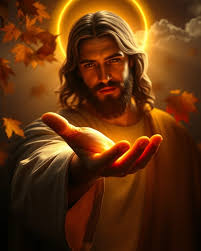
Pope Francis frequently talks about a specific instance that altered his life. On September 21 1953 the Feast of St. Matthew he entered a confessional at the age of 17 and came out with a changed heart. He later spoke of a deep sense of clarity love and mercy that he felt in that sacred silence. He sensed God’s voice in his soul even though he couldn’t hear it with his ears. He realised then that he had been called to the priesthood.
This was more than just a young realisation. It turned into the fulcrum of his existence. Jorge went into the seminary while others were pursuing careers. Later he became a member of the Society of Jesus because of their focus on missionary work education and helping the underprivileged.
His decision to become a Jesuit was also not made lightly; rather it was an indication of his strong belief in service discipline and humility. Jorge wholeheartedly embraced the nickname “soldiers of God” which is frequently applied to Jesuits.
Challenges, Illness, and Perseverance

Jorge’s journey wasn’t without difficulties as is the case with all great tales. He had a serious lung infection in his early twenties that required the removal of a portion of one lung. He confronted the potentially fatal situation with bravery and determination. Rather than abandoning his course this encounter with death strengthened his resolve to follow it.
In actuality these early struggles are largely responsible for Pope Francis’ later teachings on humility compassion and comprehending human suffering. He discovered the value of living life with purpose in addition to its frailty.
Rising Through the Ranks with Reluctance
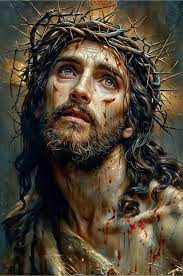
Jorge assumed greater responsibility as he advanced in his religious career serving as a teacher rector and provincial superior of the Jesuits in Argentina. He became more involved in the social and spiritual problems facing his nation and got to know the people better in each role.
However he never pursued power. He actually frequently opposed higher office. It was evident to those who knew him that he took on these positions out of duty rather than ambition when he was named Archbishop of Buenos Aires in 1998 and then Cardinal in 2001. He took public transit, cooked his own food, and lived in a modest apartment—small decisions that demonstrated a strong dedication to simplicity.
The Unlikely Pope
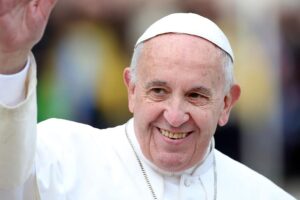
When Pope Benedict XVI abruptly resigned in 2013 there was much conjecture about his successor. Few shortlists included Jorge Mario Bergoglio. In fact many people believed that he was too old and unassuming for the position at the age of 76. However the world saw a pope unlike any other when the white smoke rose from the Sistine Chapel: the first pope from the Americas the first Jesuit pope and the first to adopt the name “Francis.”
It was obvious that he was named after St. Francis of Assisi. St. Francis is renowned for his love of creation humility and dedication to the underprivileged. Long before he wore the white robes Pope Francis exhibited many of the same qualities.
A Papacy of Compassion and Controversy
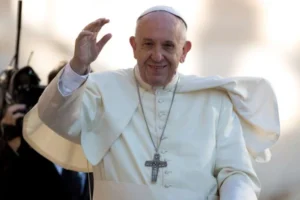
Pope Francis has questioned long-standing customs initiated conversations with Muslims Jews and atheists and adopted firm positions on issues like poverty climate change and global inequality since assuming the office. His teachings frequently emphasise inclusion love and mercy—values that occasionally cause him to clash with more conservative elements of the Church.
However Francis is unfazed by praise or criticism. He still follows the same route that started in the Buenos Aires confessional booth. He brings the same sense of humility he possessed as a boy in Argentina to the Vatican despite its grandeur.
Conclusion: A Life Still Guided by the Call

More than just a biography Pope Francis’ journey serves as a real-life illustration of how a sense of purpose can influence a person’s life their community and even an international organisation. His narrative serves as a reminder that genuine leadership is derived from service rather than ambition. that humility can be applied to even the most influential positions. And that occasionally the world’s largest cathedral can hear a whisper from a child’s heart.
Pope Francis’ life is a testament to the strength of a divine calling—and the bravery required to follow it—from the busy streets of Buenos Aires to the solemn halls of the Vatican.





